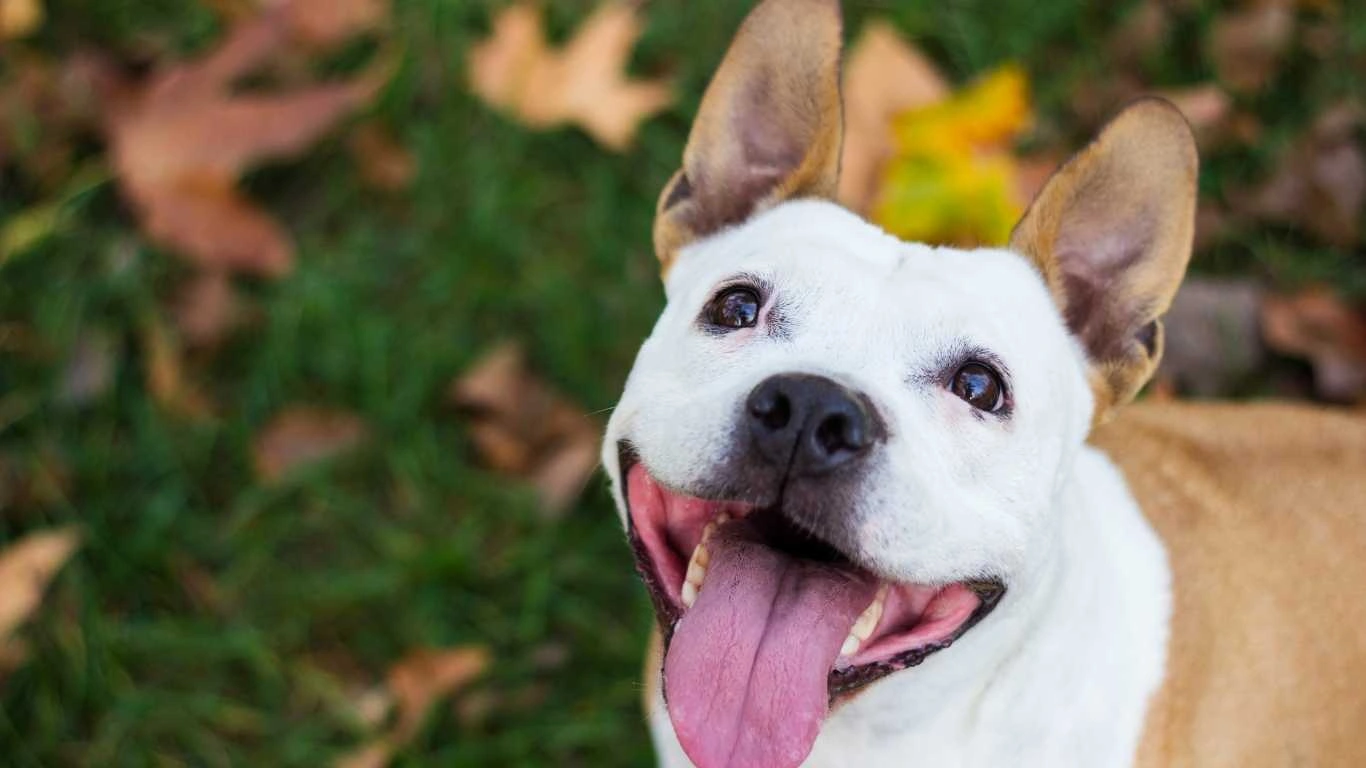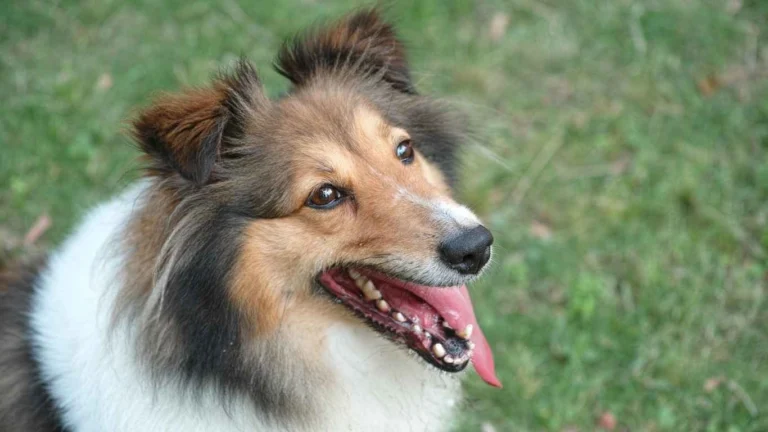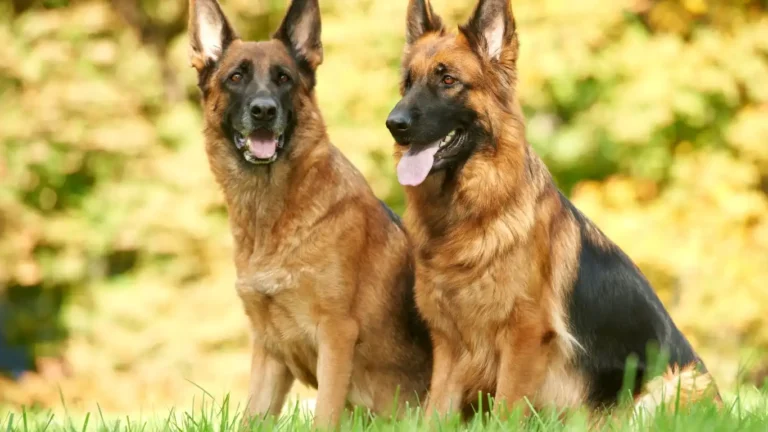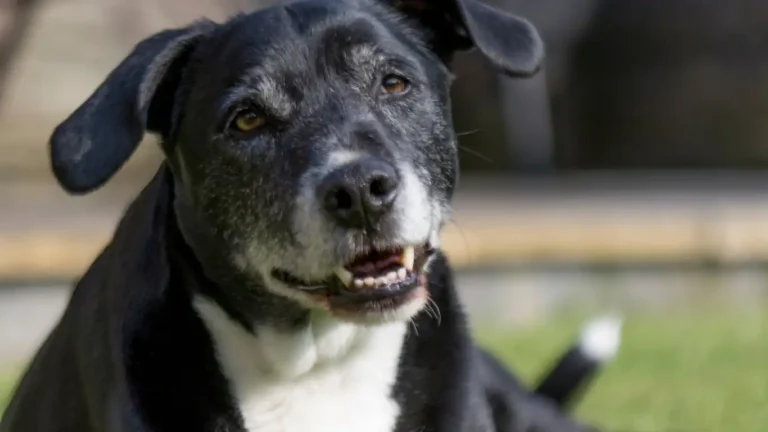Why the Best Bone-Based Meals for Dogs on Raw Diets Boost Health
Feeding your pup the right food isn’t just about filling their bowl—it’s about boosting their health, energy, and happiness every single day. As someone who’s worked hands-on as an Animal Care Specialist in both pet clinics and shelters, I’ve seen firsthand how much of a game-changer a proper diet can be. And when it comes to the best bone-based meals for dogs on raw diets, the difference in energy levels, coat quality, and even dental health is just mind-blowing. Raw feeding can feel intimidating at first, but once you get the hang of it—and see the wagging tails of approval—it becomes second nature. So let’s dive into how bone-based meals can become the foundation of a nutrient-packed raw diet for your canine companion.
Why Bone-Based Meals are a Raw Diet Powerhouse

Let me tell you, I used to get a lot of questions from dog parents at the shelter about feeding raw bones. People worry they’re dangerous—and with cooked bones, they’re right to worry. But raw bones? Totally different story. These are packed with calcium, phosphorus, and other essential minerals, plus they keep those doggy chompers squeaky clean. Nature’s toothbrush, if you will.
The Nutritional Benefits of Raw Bones
Dogs thrive on raw bones because they’re not just munching—they’re absorbing:
- Calcium & Phosphorus: Essential for strong bones and teeth.
- Glucosamine: Supports joint health, especially in senior dogs.
- Enzymes & Healthy Fats: Found in marrow, they boost energy and immune function.
- Mental Stimulation: Chewing is not just physical—it works their brain, too.
In my experience, dogs on raw diets with the right bone balance tend to have fewer vet visits for dental cleanings, better mobility as they age, and fewer digestive issues. I always remind new pet parents to start slow and match the bone type with their dog’s chewing habits and size.
Choosing the Right Raw Bones for Your Dog

Not all bones are created equal, and trust me, I’ve seen more than a few pet parents come in panicked because they gave their Chihuahua a beef femur. (Spoiler alert: not ideal!) Here’s a basic rundown to help you choose smartly:
Edible vs. Recreational Bones
- Edible Bones: These are soft, non-weight-bearing bones like chicken necks, wings, or turkey backs. Perfect for smaller dogs or raw diet newbies.
- Recreational Bones: Think beef knuckles or marrow bones—big, hard bones meant for gnawing, not gulping. Great for dental health and boredom busting.
From my hands-on work with rescue pups, I’ve noticed dogs often develop a strong preference for certain bone textures. Some go nuts for the soft crunch of chicken necks, while others love working on a hearty marrow bone for hours. Observe your dog and see what clicks.
Safety Tips from the Clinic Floor
- Always supervise chewing—especially in the beginning.
- Never feed cooked bones. Seriously, just don’t.
- Freeze raw bones before feeding to reduce bacterial risk.
- Rotate types to avoid digestive upsets and boredom.
I remember one sweet pit mix who came in severely underweight and anxious. We put her on a balanced raw diet with a focus on bone-based meals, and within weeks, her coat turned glossy, her behavior calmed, and she started gaining healthy weight. It’s not just about food—it’s about transforming lives, one bowl at a time.
Bone-Based Meal Ideas for Raw Diets

Okay, now we’re getting into the tasty stuff. There are tons of ways to build bone-based meals that are safe, nutritious, and super satisfying for your pup. Here are a few go-tos I’ve personally recommended to pet owners, and even prepped myself during nutrition consults:
Sample Meal Combos (Balanced & Bark-Approved)
- For Small Dogs: Chicken neck + ground turkey + pumpkin puree + sardine
- For Medium Dogs: Turkey back + beef liver + kale + raw egg
- For Large Dogs: Beef rib bone + raw green tripe + spinach + goat milk
Each meal should be tailored to your dog’s size, activity level, and any special needs. When in doubt, consult a raw-savvy vet or canine nutritionist—it’s worth it. I’ve helped plenty of owners transition to raw without stress, and once they see the benefits, they never look back.
How to Transition Your Dog to Bone-Based Raw Meals

So, you’re ready to take the leap into raw feeding with a bone-based twist—awesome! But let’s keep it real: switching your pup from kibble to raw isn’t always smooth sailing. I’ve walked dozens of pet parents through the process, and while some dogs dive in like it’s Christmas morning, others might give you that “what is this weird stuff?” side-eye.
Start Slow, Stay Consistent
My go-to tip? Don’t rush it. Gradual is key. I typically recommend starting with a single protein—like chicken—since it’s easy on the stomach. Once your dog adjusts (usually after 5–7 days), you can introduce more variety. Here’s a simple starter plan:
- Week 1: Chicken necks or wings + boneless chicken meat + tiny portion of organ (like liver)
- Week 2: Add turkey backs or duck necks + some green veggies + raw egg
- Week 3: Introduce beef bones (like ribs) and rotate organs for balance
One golden rule I learned in the field—always monitor poop. Sounds gross, I know, but trust me, it’s the easiest way to see how your dog is digesting. Too white and crumbly? Too much bone. Loose stool? Might be lacking calcium or adjusting to organs.
Addressing Common Concerns About Raw Bone Diets
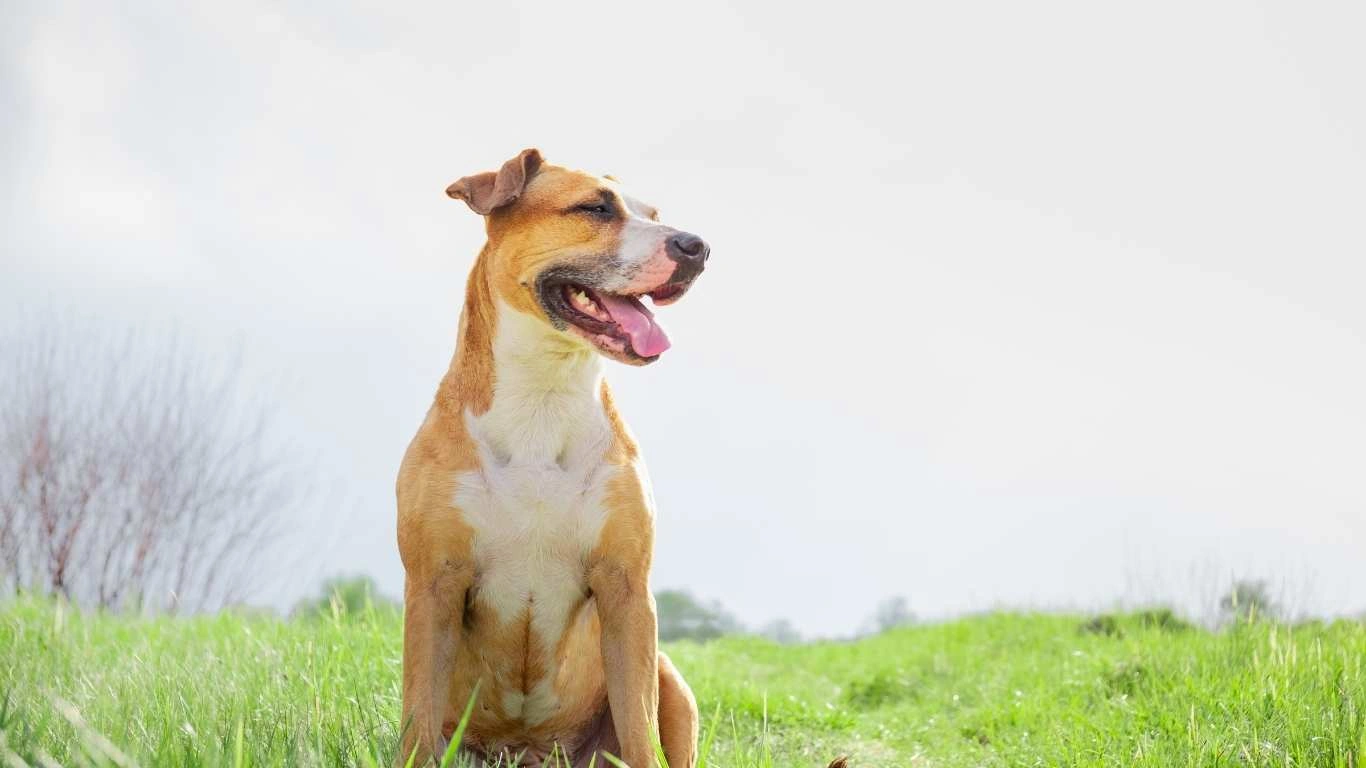
If I had a dollar for every time someone asked, “But isn’t feeding bones dangerous?” I’d have a second freezer full of marrow bones. That concern is valid—but it’s mostly based on confusion between raw and cooked bones.
Raw Bones vs. Cooked Bones
- Raw bones are flexible and digestible when chosen properly (not weight-bearing bones for smaller dogs).
- Cooked bones splinter easily and can cause blockages or perforations—avoid them completely.
I’ve worked with vets and nutritionists who support raw feeding when it’s done right. The key is knowing your dog’s chewing habits, choosing the right size bone, and not leaving them unsupervised. One large-breed pup in our shelter had a habit of swallowing things whole (yep, even tennis balls). For him, we stuck to recreational bones he couldn’t gulp down, and we stayed nearby during chew time.
Signs of a Bone That’s Not Working
- Straining or constipation (might be too much bone)
- Blood on stools or gums (could be too hard or sharp)
- Excessive chewing or whining (bone might be too big or uncomfortable)
When in doubt, consult with a holistic vet or canine nutritionist. They’ll help you tweak the diet for your dog’s age, breed, and health status. It’s all about customizing the approach.
Adding Variety Without Messing Up the Balance
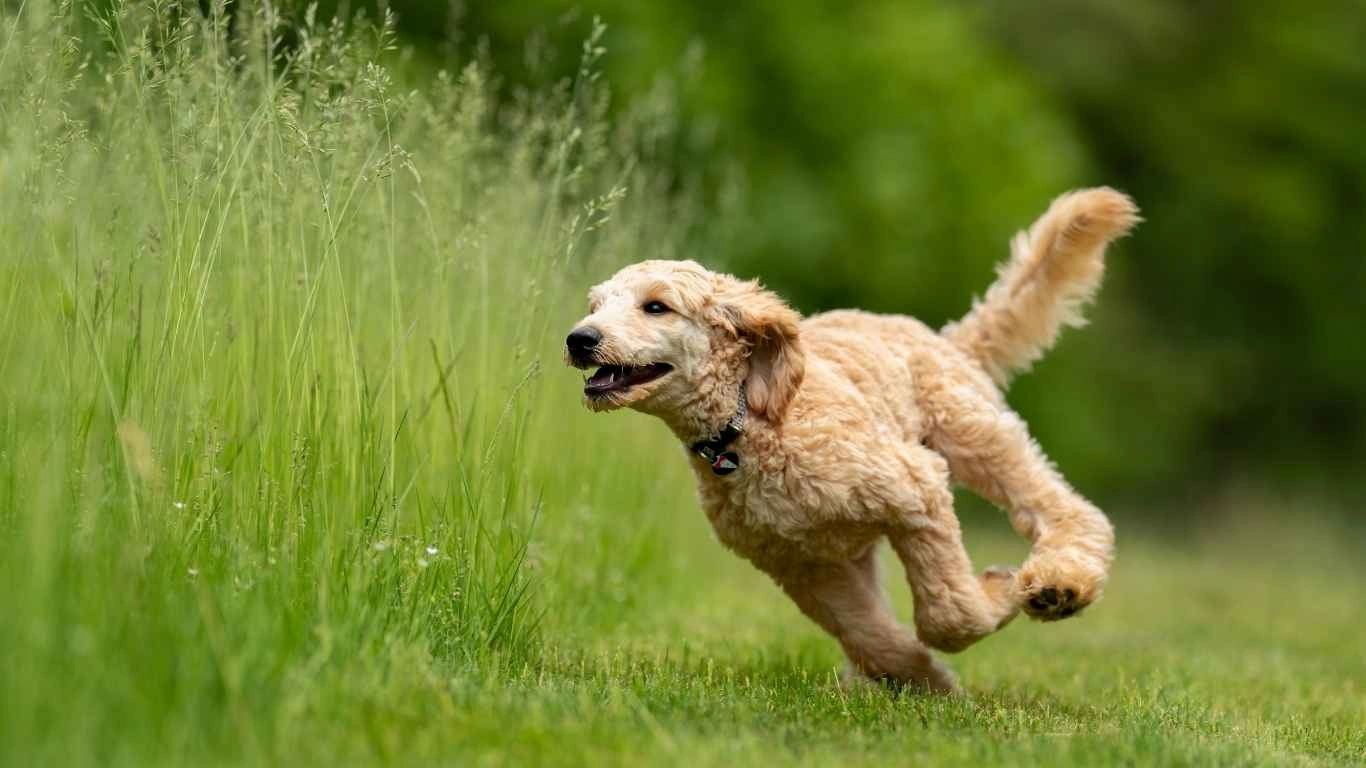
Here’s the fun part: once your dog is rocking their new diet, you can start playing around with different bone types and protein sources. Variety keeps things exciting and ensures your dog gets a full spectrum of nutrients. Plus, it helps avoid picky eating—which I’ve seen way too often in dogs who get the same boring bowl every day.
Proteins and Bones to Rotate
- Chicken: Necks, wings, feet
- Duck: Necks, frames, heads (yep, they love them!)
- Turkey: Backs, necks, wings
- Beef: Rib bones, knuckles (for big chewers)
- Lamb: Ribs, neck bones, breast bones
When I was prepping meals at the clinic, we’d often portion out weekly mixes into freezer-safe containers: one day lamb and spinach, another day turkey and squash, with bone-in elements tailored to the dog’s chewing style. It takes a bit of effort upfront but saves time (and stress) throughout the week.
Boosts to Make Meals Even Better
To elevate your dog’s bone-based raw meals, you can toss in:
- Sardines or mackerel (canned in water) – for omega-3s and protein
- Raw eggs with shell – great calcium and biotin boost
- Goat milk or kefir – supports digestion and gut health
- Pureed greens – kale, spinach, parsley for vitamins and minerals
One of my foster dogs, a senior Labrador with skin allergies, really thrived when I started adding raw sardines and goat kefir into her meals. Her itching subsided, and her coat grew back thick and soft—proof that real, nutrient-dense food does wonders.
Final Thoughts on Crafting Bone-Based Raw Diets
Creating the best bone-based meals for dogs on raw diets is equal parts science and art. With the right bones, a variety of proteins, and some nutritious toppers, you can build a meal plan that supports your dog’s health from the inside out. And the results? Trust me, they speak for themselves—shinier coats, healthier teeth, better poops (yes, I said it), and most of all, happier dogs.
Common Mistakes to Avoid with Bone-Based Raw Diets
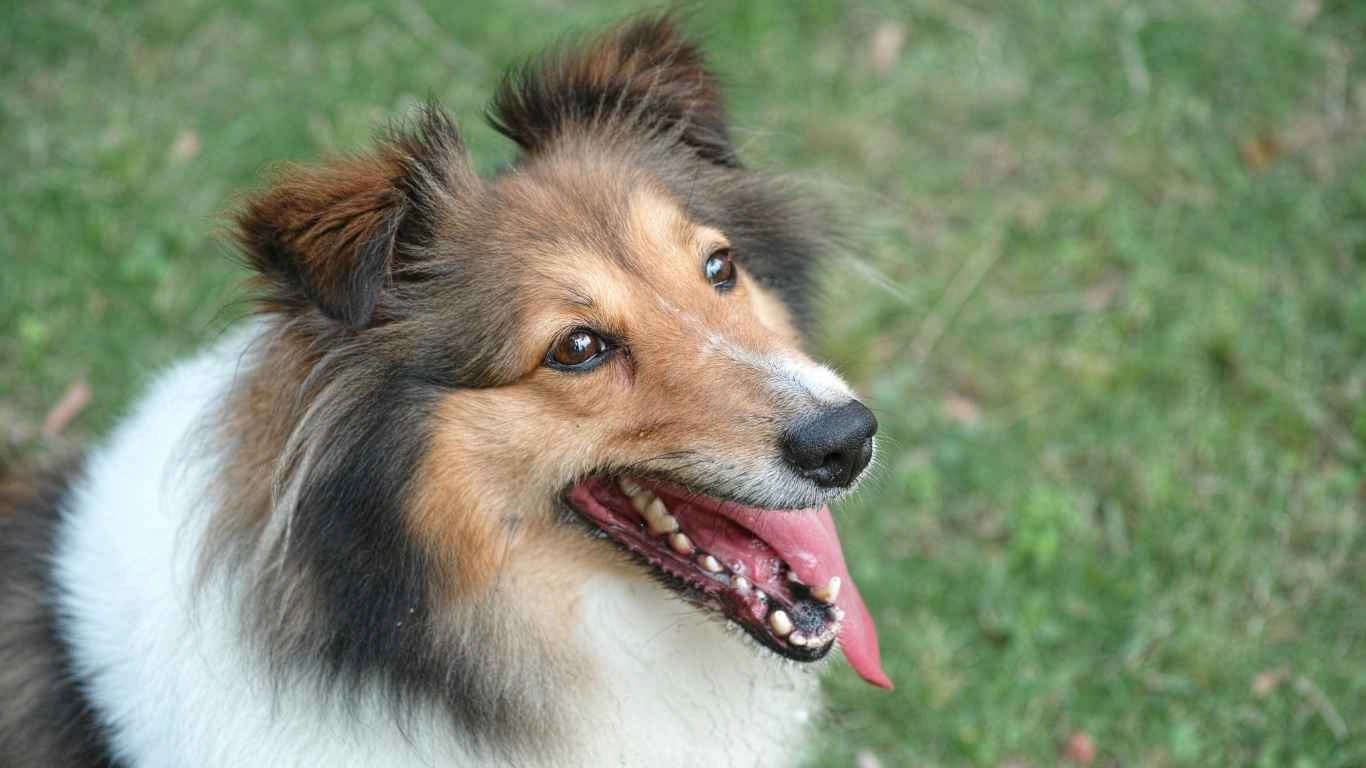
Even with the best intentions, raw feeding—especially when bones are involved—can go sideways if you’re not careful. I’ve seen it firsthand during intake assessments at the shelter. A well-meaning adopter once brought in their pup with major constipation, and yep, turned out they were feeding all bone, no muscle meat. Poor thing was miserable.
Watch Out for These Raw Feeding Pitfalls
- Too much bone: This can cause constipation and even blockages. Aim for bones making up about 10% of the total diet.
- Not enough organ meat: Organs are nutrient-dense and critical for balance. Liver and kidney should be in the rotation.
- Lack of variety: Feeding only one protein (like just chicken) can lead to deficiencies. Mix it up!
- Improper thawing: Always thaw in the fridge—not on the counter—to avoid bacteria overload.
One of the biggest takeaways from my clinic days? Balance and variety are everything. If you focus too heavily on bones without building the meal around them properly, you’re setting your dog up for issues, not success. Trust me, no one wants to deal with an emergency vet visit because of a raw feeding misstep.
Signs Your Dog Is Thriving on a Bone-Based Raw Diet

Once your pup is fully transitioned and their meals are on point, you’ll start noticing subtle (and not-so-subtle) changes that tell you things are working. This is honestly one of the most rewarding parts—especially if you’re coming from a background where you’ve seen dogs at their worst health-wise, like I have.
What to Look For
- Shinier coat: Omega-3s and healthy fats in marrow and organs really show through.
- Clean teeth: Gnawing on raw bones naturally scrapes off plaque.
- Smaller, firmer stools: This is usually the first big win people notice.
- Increased energy and alertness: Nutrient-rich food fuels better daily activity.
- Balanced weight: Dogs often shed excess fat or gain healthy mass depending on what they need.
I remember this older shepherd mix who came in underweight and low energy. After three weeks on a balanced bone-based raw diet (with goat milk, duck necks, and beef tripe in rotation), he was practically prancing around like a puppy again. His coat grew in thick, and the sparkle in his eyes said it all.
Tips to Keep Raw Feeding Practical (and Affordable)
Okay, let’s talk real life. Feeding raw can seem expensive and time-consuming at first—but it doesn’t have to be. I always try to help people make this lifestyle sustainable, especially when they’re feeding multiple dogs or living on a budget.
Smart Raw Feeding Hacks
- Buy in bulk: Look for local butchers, co-ops, or raw food suppliers. You’ll save a ton by purchasing larger quantities.
- Use your freezer wisely: Meal prep a week’s worth at a time, portion into containers, and label for easy grab-and-go.
- Repurpose leftovers: Have organs or bones left from a whole chicken? Freeze them for your next raw mix.
- Farmers markets: These often have off-cuts or “scrap” meat perfect for dogs—just ask!
At the clinic, we had an old upright freezer just for donated meats and bones. Local stores would give us chicken backs, expired but still safe meats, and we’d use them to feed the foster dogs. It kept costs down and ensured our dogs still got premium nutrition.
Resources to Learn More About Bone-Based Raw Diets
If you’re like me, you want to understand the “why” behind what you’re feeding. These are some solid go-to resources I’ve leaned on and recommended to pet parents over the years:
- https://www.nrc-research.press/ – For nutrient requirements and scientific research
- https://www.avma.org/ – Veterinary insights and feeding safety
- https://www.rawfeedingcommunity.org/ – Practical guides and community support
- https://www.dogsnaturallymagazine.com/ – Great for raw feeding tips, recipes, and holistic care
These platforms offer everything from diet calculators to vet-backed articles and Q&A boards. It’s worth spending a bit of time here—especially if you’re customizing a plan for a senior, puppy, or dog with health conditions.
Disclaimer
This article is based on my professional experience as an Animal Care Specialist and years spent working with raw-fed dogs in both clinical and shelter environments. It is meant to offer guidance and insight but should not replace individualized veterinary advice. Always consult with a raw-savvy veterinarian or a certified canine nutritionist when making major changes to your dog’s diet, especially if they have medical conditions or are on medications.
